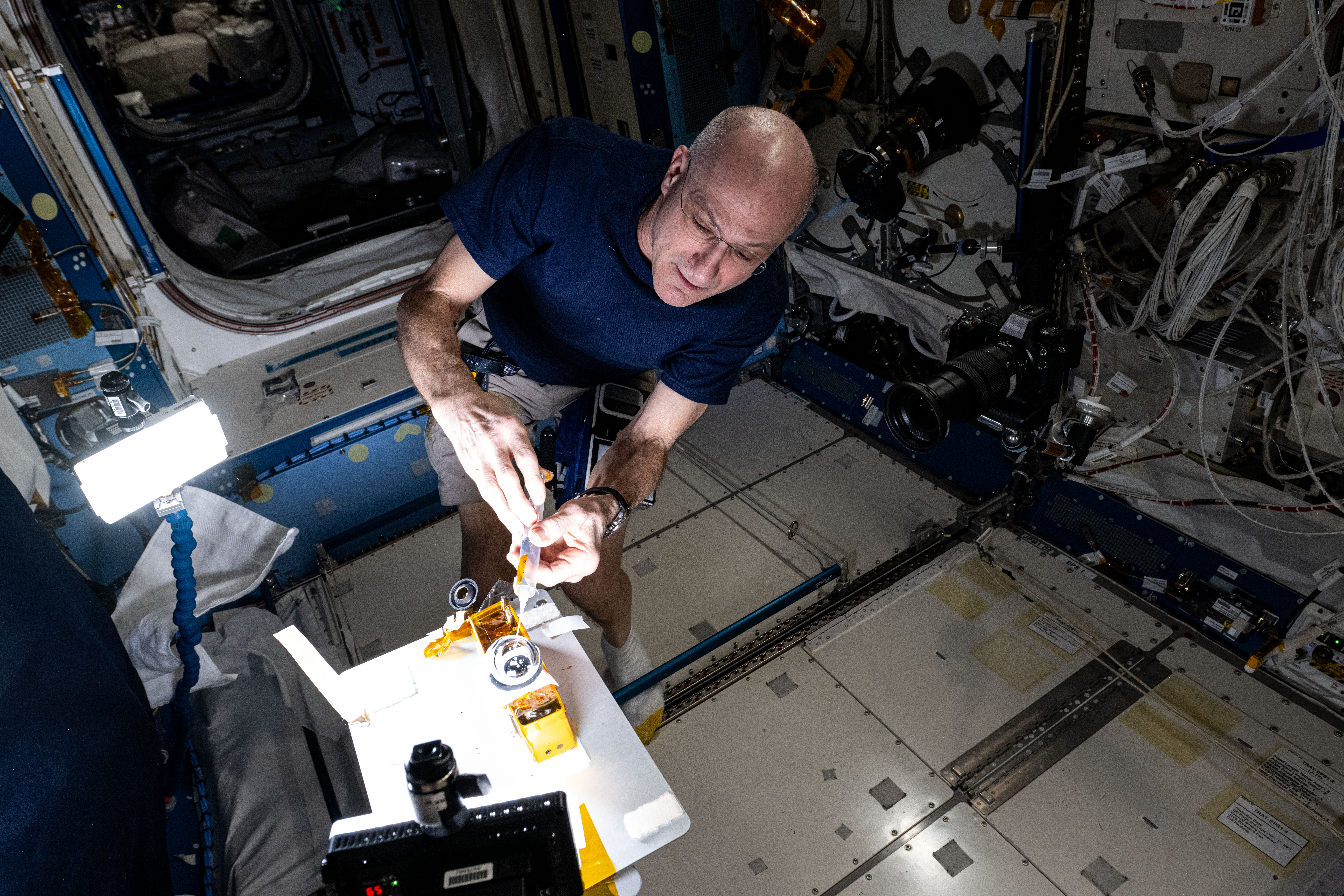NASA Science
NASA Science seeks to discover the secrets of the universe, search for life elsewhere, and protect and improve life on Earth and in space.
sunday, april 20th 1:51PM EDT
Lucy Mission
April is citizen science month
Featured Missions
Our mission milestones showcase the breadth and depth of NASA science.

NEO Surveyor
NEO Surveyor is expected to launch no earlier than September 2027. It is the first space telescope specifically designed to hunt asteroids and comets that may be potential hazards to Earth.

Lucy
The Lucy mission will fly by asteroid Donaldjohanson on April 20, 2025 using its high-resolution imager for optical navigation.

PACE
PACE is celebrating one year in orbit, tracking ocean health, air quality, and climate. Its data is helping us understand how carbon moves between the ocean and atmosphere.
Planetary Defenders
How would humanity respond if we discovered an asteroid headed for Earth? NASA’s “Planetary Defenders” is a gripping documentary that delves into the high-stakes world of asteroid detection and planetary defense. Journey alongside a dedicated team of astronomers and scientists working tirelessly to track and monitor near-Earth asteroids, aiming to protect our planet from potential impacts. This documentary captures the intricate and collaborative efforts of these unsung heroes, blending cutting-edge science with personal stories to reveal the human spirit behind this critical global endeavor. Witness the drama, the challenges and the triumphs of those on the front lines of planetary defense.
More About Planetary DefendersAtomic Clock and Plant DNA Research Launching Aboard NASA’s SpaceX CRS-32 Mission
NASA’s SpaceX 32nd commercial resupply services mission, scheduled to lift off from the agency’s Kennedy Space Center in April, is…
Read the Story
April Image from our 2025 NASA Science Calendar
Learn about March's amazing image. Explore related topics, activities, games, and download desktop wallpaper.
Start Exploring
Nicky Notes
To the NASA Science Community – <br>As the nation’s leader in Earth and space science, NASA Science operates within the broader context of the federal government and its priorities. As part of the Executive Branch, we are always responsive to the direction set by the Administration, including executive orders and policy guidance that relate to our programs and activities.
Continue reading Nicky Notes…
Astrophysics
Studying the universe, pushing the boundaries of what is known of the cosmos, and sharing its discoveries for all of humanity.
Dive into the Universe about Astrophysics
How we Look at Earth
Explore our changing planet
Earth is our home, shared with millions of species. Rapid changes like rising temperatures and more frequent extreme weather are transforming our planet. For over 50 years, observations from space and ground have monitored these changes, guiding critical decisions in areas like agriculture and air quality. By understanding how our actions affect Earth's systems, we can help mitigate these impacts. Discover more about how you can make a difference in safeguarding our planet.
Visit the Earth Information Center
By the Numbers
Science is interconnected; no important question stands alone. The Science Mission Directorate (SMD) is an organization where discoveries in one scientific discipline have a direct route to other areas of study. This flow is something extremely valuable and is rare in the scientific world.
Learn More about Science by the Numbers













































